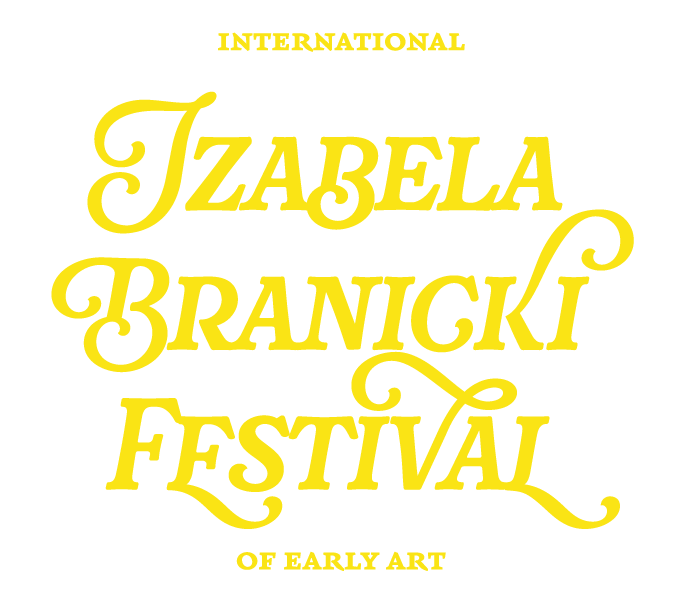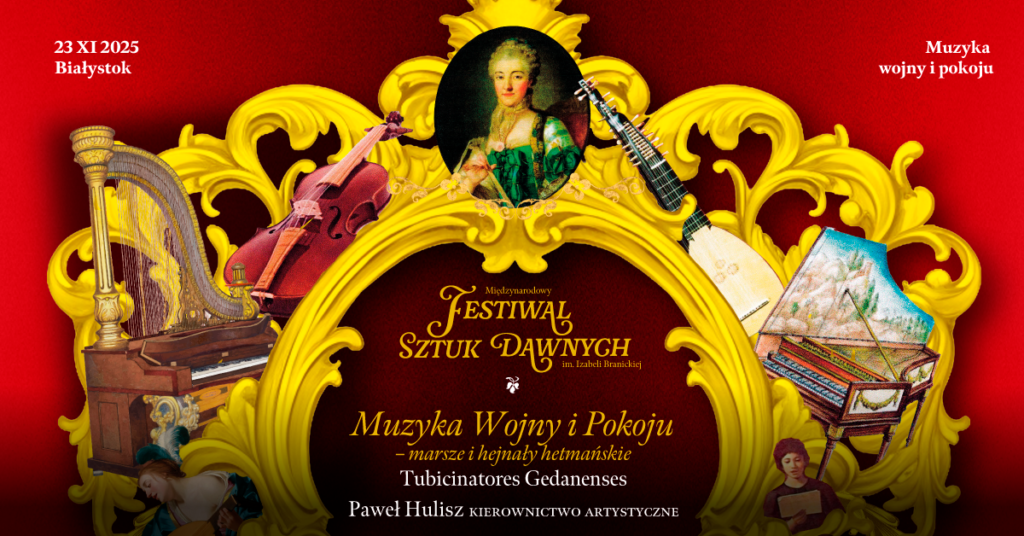
Watch on-line:
Performers:
Tubicinatores Gedanenses composed of:
- Paweł Hulisz - Baroque Trumpet
- Piotr Kowalkowski - Baroque Trumpet
- Konrad Krajewski — Baroque Trumpet
- Filip Pysz - Baroque Trumpet
- Paweł Szewczyk — Timpani, drum
Event description:
"Music of War and Peace" is a unique concert program for natural trumpets and timpani, performed by the Tubicinatores Gedanenses ensemble. The repertoire is based on 17th- and 18th-century music from European royal courts and represents a historically informed reconstruction of military parade music (Ordnungsmusik), based in part on original sources from the archives of the Gdańsk garrison. During battles, trumpeters typically formed ensembles of three or four musicians, accompanied by timpani players. In addition to performing strictly defined military signals and commands, they also performed ceremonial pieces known by various historical names: Aufzug, Abtrupp, Sonnade, Sennet, Serssemeda, Entrade, Intrade, Tocceda, Toccata, Tucket, Tuck, Tuoche, and Tusch.
The concert program included compositions related to both war and peace, as well as sacred and ceremonial music performed during court and city ceremonies in Gdańsk and at European courts.
Program:
1. Girolamo Fantini – L’Imperiale
2. Anonymus – Tabulatura vietoris saeculi 17th century
No 309
No 310
No 319 Z cleho srdcze sweho
No 320 Rano stawagice welicy y maly
3. Anonymous – Eight Prussian cavalry marches from the 18th century – a selection
4. Johann Ernst Altenburg – Morgensegen
5. Martin Luther – Herr Gott, dich loben wir, ed. Paweł Hulisz
6. Carl Philipp Emanuel Bach – Marcia für die Arche, H. 621, Wq. 188
7. Anonymous – Der alte Dessauer
8. Anonymous – Marche des Volontiers de Saxe
9. Johann Valentin Meder – Sonata di battalia – fragments from act IV of the opera – ‘Die beständige
Argenia' – edited by Paweł Hulisz
10. Martin Luther – Komm heiliger Geist, herre Gott, edited by Paweł Hulisz
Tubicinatores Gedanenses
Performs pieces on reconstructions of historical instruments.
The ensemble's composition – four historical trumpets and kettledrums – is rarely seen today, although it was once a common presence at royal courts, during city ceremonies, and also in the din of battle.

